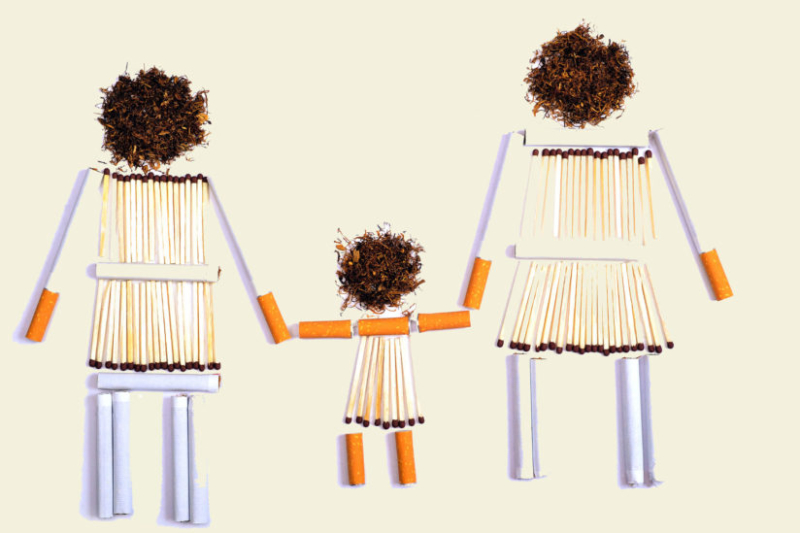
In the United States, between 30% and 40% of adults are affected by nonalcoholic fatty liver disease (NAFLD). The disease is also the most common liver problem found in children and adolescents. (Photo/iStock)
Breathing secondhand smoke is terrible for you. We’ve known that for decades.
But the impacts of such cigarette smoke on the liver is the subject of a new study conducted in mice at Keck School of Medicine.
The study, led by Stella Tommasi, PhD, assistant professor of research at the Keck School, shows that “secondhand smoke exposure alters genes and molecular pathways that regulate how the liver processes fats.”
The research shows that secondhand smoke, which is full of cancer-causing carcinogens, may also contribute to nonalcoholic fatty liver disease (NAFLD), in which fat accumulates in the livers of people who drink little or no alcohol. It’s the No. 1 liver disease among children and adolescents.
The disease has been studied in animals before, but they’re usually given a high-fat diet in addition to being exposed to smoke. “The beauty — and relevance — of our study is that we used an animal model under strictly controlled experimental conditions, which allowed us to investigate the direct effects of secondhand smoke, independently of diet and/or other potential confounders,” Tommasi said.
Read the full story on USC News: https://news.usc.edu/165907/secondhand-smoke-chronic-liver-disease-nafld-usc-research/